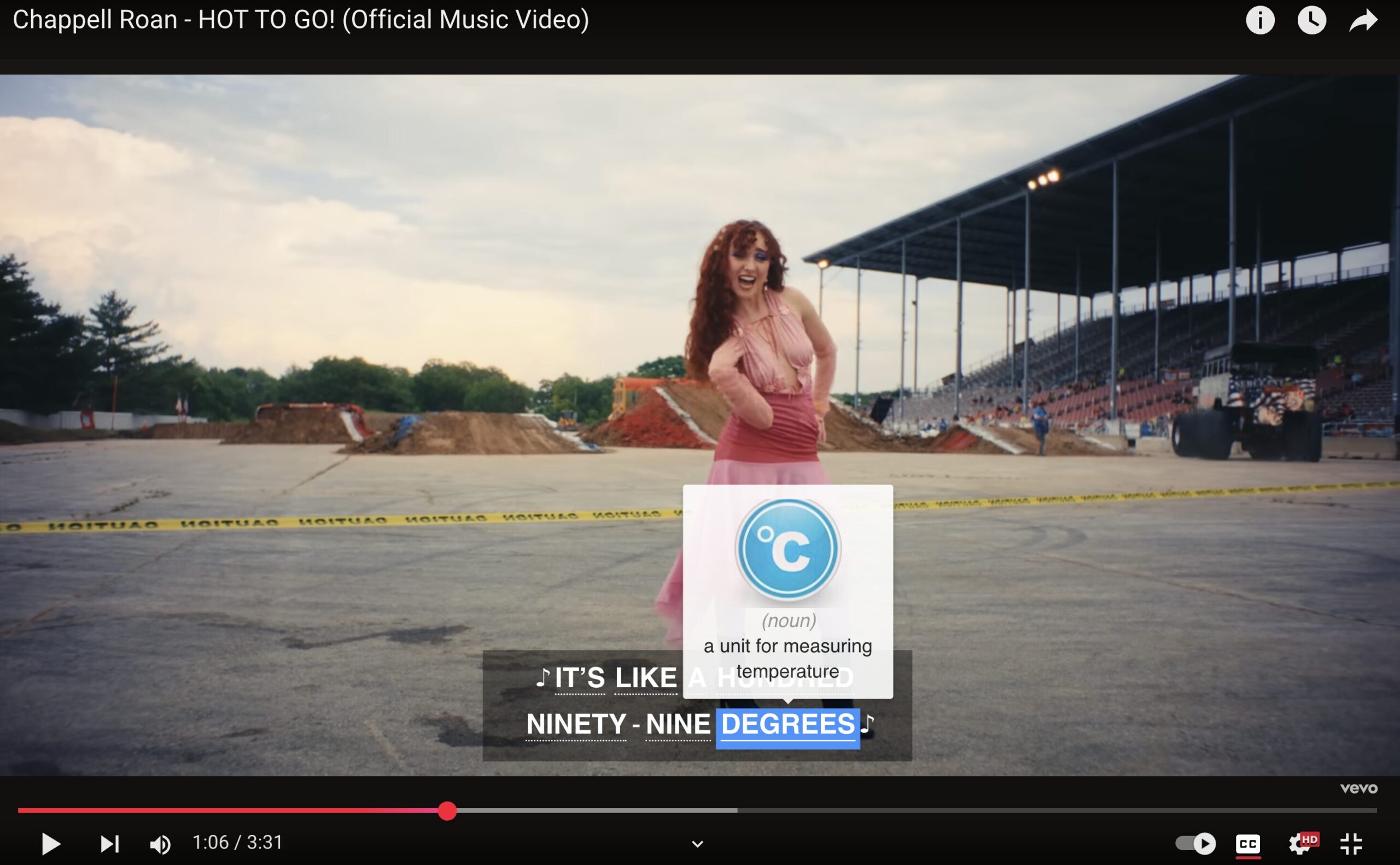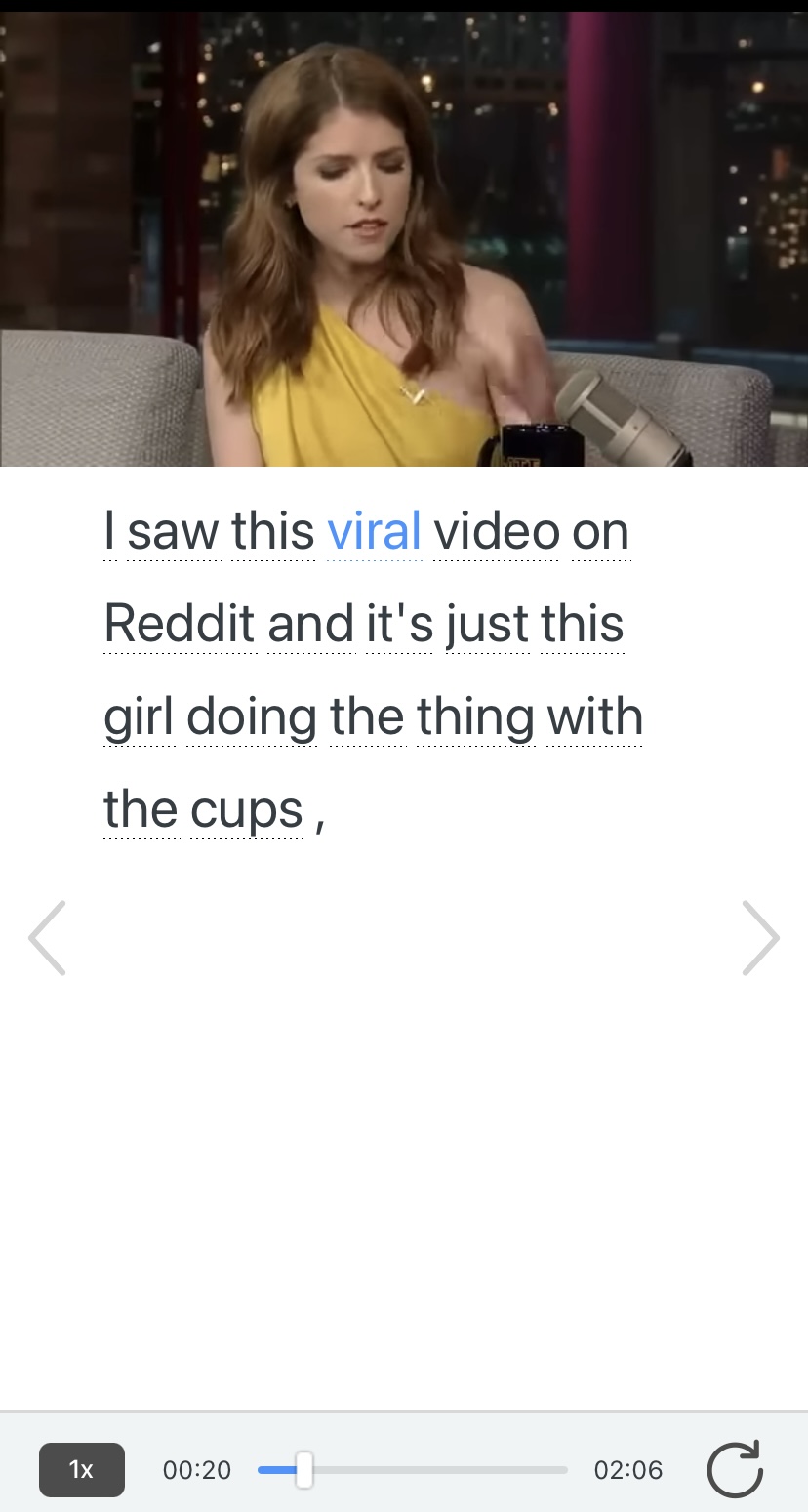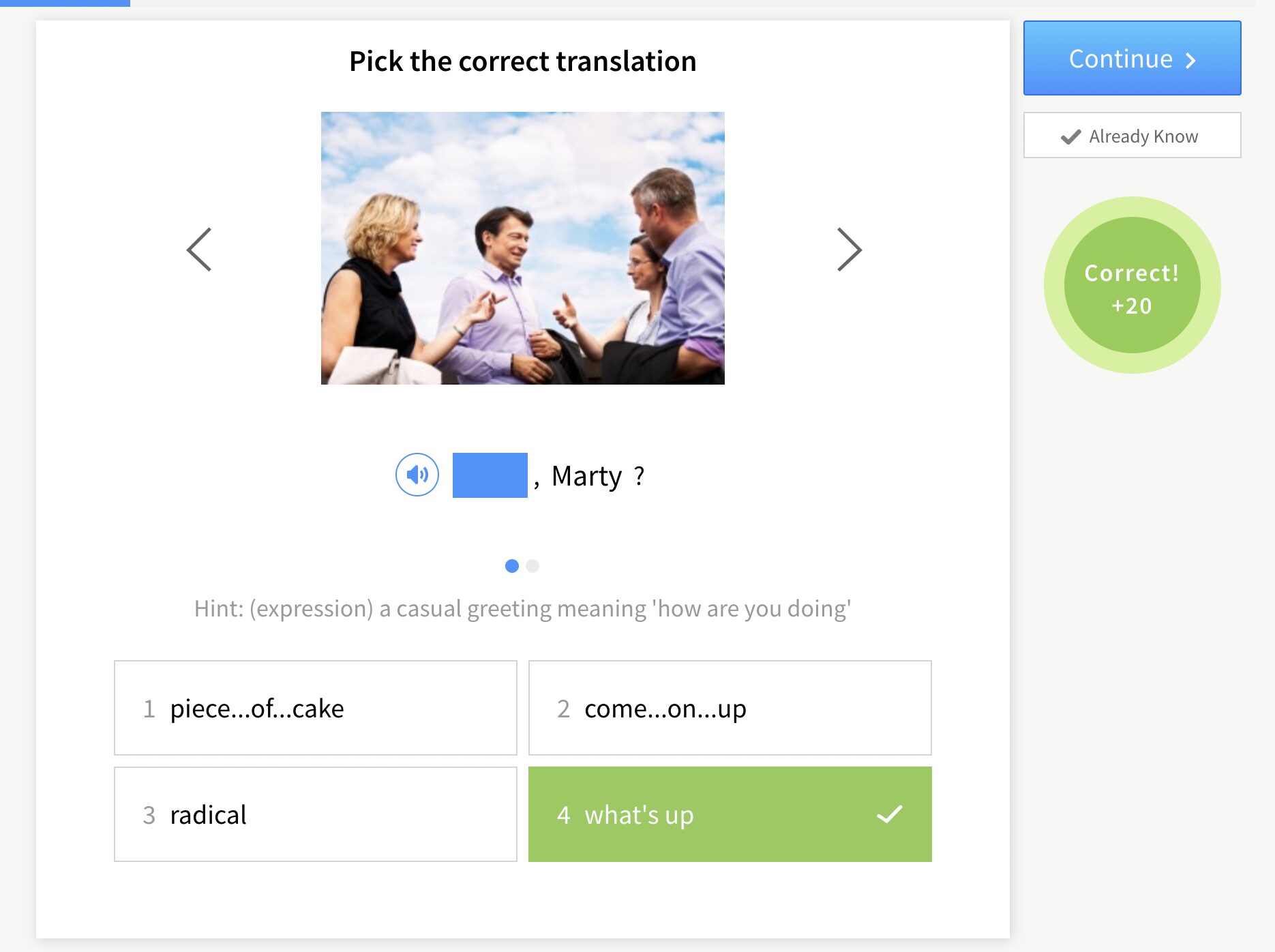Contents
- 1. Draw My Directions
- 2. Preposition Simon Says
- 3. Four Corners
- 4. What’s Missing
- 5. Paper Bag Neighborhoods
- 6. I Spy Lookout
- 7. Total Physical Response (TPR) Preposition Activity
- 8. Strike a Pose Preposition Activity
- 9. Dice of Time and Action Preposition Activity
- 10. Calendar Events Preposition Activity
- 11. Descriptive Passage Activity
- 12. Use Pictures to Teach Prepositions of Time
- 13. Complete the Phrase Activity
- 14. Do a Matching Activity
- 15. Do a Listening Activity with a Passage
- 16. True or False
- 17. Plan a Vacation
- 18. Collect and present pictures
- 19. Play Preposition Games with a Map
- And One More Thing…
19 ESL Games and Activities for Prepositions

Making teaching sensory—that is, getting students’ senses involved while learning—is the ultimate way to teach. That’s why games and activities are so effective at helping them remember new vocabulary and grammar, especially when it comes to tricky topics like English prepositions.
Here are 19 must-try preposition games and activities for your ESL classroom.
Download: This blog post is available as a convenient and portable PDF that you can take anywhere. Click here to get a copy. (Download)
1. Draw My Directions
In this exercise, use prepositions to instruct your students to draw a picture. But don’t tell them what they’re drawing.
For example, if you want students to draw a house, you might say:
“Draw a large square on the bottom half of your paper.”
“Draw two small squares inside the large square at the top. The small squares should be opposite each other.”
“Draw a rectangle under one of the small squares.”
“Draw a triangle on top of the large square.”
“Draw a small circle inside the rectangle. It should be in the middle of the rectangle and to one side.”
“Finally, draw two lines through each small square dividing it into four smaller squares.”
After you give the directions, hold up your picture of the house to let students see how close they got.
You can do a more complicated version of this activity by collecting several pictures from magazines.
Match each student with a partner, and have the two sit back to back. One person will describe the picture without telling the other what it is, while their partner draws following the directions they hear.
2. Preposition Simon Says
Have your students stand and choose one object that everyone has and can use while playing.
You might choose a pencil, a book or their desk chair.
Play the game as you normally would, but with each instruction, use a preposition to describe where the player is in relation to the object you are using.
For example, you might give instructions like the following:
“Simon says stand on your chair.”
“Simon says put your hand under your chair.”
“Simon says hold your chair in front of you.”
Just like in the standard game, if a person follows a command not preceded by “Simon says,” they are out.
Also, if they do the wrong motion—e.g., put their hand on the chair when you tell them to put it under it—they are also out. The last person standing wins the game.
3. Four Corners
Start by labeling each corner of your classroom with a preposition. You can target prepositions of location, phrasal verbs or any other type.
Have your students stand in the center of the room with the furniture pushed out of the way.
To play, read a sentence aloud or project it at the front of the room. Replace the preposition in the sentences with a blank.
After students hear the sentence, they must run to the correct corner of the room to complete the sentence logically.
For example, you might say:
“My chair is blank my desk” (with the target answer being “behind”)
“I went blank my notes to prepare for the test” (with the correct answer being “through”)
Any student who runs to the wrong corner of the room is out of the round. The last person to get there is eliminated if everyone chooses the correct answer.
Keep playing until only one person remains. Change the prepositions in your corners and play another round if you like.
4. What’s Missing
Start by putting a tray or desk at the front of your room.
The tray should have several common items on it—between five and ten is usually a good number. The more items you have, the more difficult the activity will be.
Give students one minute to study the objects on the tray.
Then hide it and either move or remove one object. Now show the tray to your students again. They must determine what is different.
So if you moved an object, they might say:
“The pencil is next to the pen now. Before it was across from the coffee mug.”
If you remove an object, students might say:
“The cup is no longer on the tray. It was in front of the pencil case, but it’s gone now.”
When students get good at noticing your changes, try removing one object and moving two or more others. If you like, award points to the first person to notice the change.
You can extend this activity by letting students arrange and move their own objects.
Give them several pictures or small objects to arrange on their desks, and have each person do the activity with a partner. Let students take turns moving the objects around and being the one to guess the changes that were made.
5. Paper Bag Neighborhoods
Give each student written directions on how to build a paper bag house. (You can find an example of the paper bag houses here.)
Your directions should include specific locations for windows, doors, etc. These directions should include prepositions.
If you like, have several different versions of the directions so not everyone’s house looks the same when it’s complete. Or give different directions for schools, libraries and public service buildings.
You can also let students decorate their houses.
Then give the class instructions on how to arrange the houses into a town.
You’ll need a large classroom area or a blank bulletin board to hold the completed town.
Make sure your town description also includes prepositions to specify where each building should go (e.g., the police station is across the street from the school).
Have students work together to put their roads, landmarks and houses in the correct positions in the town.
6. I Spy Lookout
Give students a copy of an “I Spy” page or project one on your board. You can find some here.
Ask your students to find particular objects that appear in the picture.
When someone has found the object, they share with the class where it is. But they’re not allowed to touch the picture or point to the object.
They must use prepositions to describe its position in relation to the other objects on the page.
You can also play this game in reverse.
Have one student give clues to a particular object in the picture. Their classmates must guess which object they’re describing based on the clues. The person who first identifies the object gets to describe the next one for the class.
7. Total Physical Response (TPR) Preposition Activity
Take a large book and begin placing it in different places around a desk. Let your students call out and explain where the book is, using correct prepositions of place.
For example:
“The book is on the desk.”
“The book is in front of the desk.”
Take the next step in your warm-up by getting more animated with your movements: Ditch the book and crawl under the desk. Hop to the side of it. Have your students describe your actions.
Once your students have fun and feel up for a more challenging exercise, you will employ the TPR method in your main preposition activity.
TPR is a method used in guiding your students to respond quickly and physically to specific commands. So have your students stand up and begin giving them commands with prepositions of place.
For example:
“Stand behind your desk.”
“Crawl under your desk.”
“Go to the back of the room.”
8. Strike a Pose Preposition Activity
Think of the preposition you’re going to use for this activity. In class, present and go over all of them before starting. You can even create a reference worksheet.
Stand at the front of the class and strike a pose. Have your students describe your pose using prepositions from their worksheet or written on the board behind you.
Next, have one student leave the room and have another student get into a particular pose, similar to what you demonstrated during the warm-up.
Allow your students to begin describing the pose using prepositions of direction and place.
For example:
“She is in front of the class.”
“Her left hand is on top of her head.”
“She is in the right corner, in front of the class.”
They will describe until they run out of prepositions.
Next, bring the student from outside the class back in.
The student who was outside will stand at the door and wait for instructions from the students who were in the classroom during the example pose.
They will tell them how to pose, using prepositions in their instructions.
The idea is for them to instruct the student to end up in the same pose as the previous student.
9. Dice of Time and Action Preposition Activity
Get two dice—one for prepositions of time and the other for actions. You can whip up a worksheet explaining what preposition and action correspond with each side of the dice.
For example, a preposition roll of three may represent “while,” and an action roll of four may represent “running.”
If this combination is rolled, your students must develop a sentence using “while” and “running.”
Here’s an example of prepositions and actions you could use for your dice:
Prepositions die:
1. for (number of days, weeks, months or years)
2. during
3. until
4. since
5. at (times)
6. on (dates and days)
Actions die:
1. running
2. working
3. driving/commuting
4. shopping
5. showering
6. studying
For example, a preposition role of one and an activity roll of one could result in this sentence:
“I have been running marathons for five years.”
Once everything is set up, separate your class into groups.
Let a representative of each group roll the dice and begin crafting sentences.
Each team member with a grammatically correct sentence gets a point. The activity continues until all group members have rolled. The team with the most points wins.
10. Calendar Events Preposition Activity
Put a simple calendar template on a worksheet and allow each student to fill it in with their own personalized events.
Next, pair them up and tell them to ask each other questions about their events. You can help them with scripted questions, either placed on the board, verbally expressed or added to the worksheet below the calendar.
For example:
What did you do last Saturday?
What did you do during the week?
Tell me your plans for this weekend.
I recommend having several prepositions of time listed on the back of the worksheet, maybe above or in the margins.
When students use one of the prepositions, they can cross it off on the worksheet. You could even make this into more of a game scenario, having the winning pair be the team that crosses off all of their prepositions first.
You can even implement writing into this activity, allowing students to write down a few of their partner’s answers about their events.
11. Descriptive Passage Activity
Consider the following passage:
My room is usually tidy and organized. It has beige walls and a maroon and brown rug on the floor. Whenever the sun streams in, I draw the royal blue curtains. My bed is right beside the door. A bright blue bedspread covers the mattress. On the bed are two fluffy pillows.
There is a wooden desk beside the window. On the desk are some writing materials and a light laptop. A wooden bookcase filled with books is hung over the desk. I love to look out of the window and watch the world go by while I read breaks at my desk.
Students can read the passage aloud and then answer strategically-formed questions based on the location of objects.
To give you an idea, here are some possible questions:
Where is the maroon and brown rug in the room?
Where is the bed located?
What is on the bed?
What is beside the window?
Name two things that are on the desk.
Next, follow these steps:
1. Have students circle prepositions in the passage
2. Have them draw what is described in the passage
3. Have them draw the locations of objects
12. Use Pictures to Teach Prepositions of Time
Get your students to start using prepositions by referring to pictures of weather, seasons, calendars and clocks showing a particular time.
For example, students can write the preposition “at” below the picture of a clock showing 6 o’clock.
They can write the preposition “on” below a picture that shows the word “Tuesday.” Under a picture that shows a calendar with the month of April circled, students should write “in.”
13. Complete the Phrase Activity
Another way to have students start using prepositions of time is to get them to write given phrases under the correct prepositions (in, at or on).
Here are some examples of phrases to give them:
- Saturday evening
- January
- spring
- midday
- the 1st of October
- the 19th century
- every winter night
- midnight
- the afternoon
- Wednesday morning
- Christmas
14. Do a Matching Activity
Write phrases (such as the ones above) on blank cards or pieces of paper.
Write duplicates of prepositions in, at and on on blank cards as well.
The intention is to allow students to match the phrases with the prepositions.
15. Do a Listening Activity with a Passage
Prepare a paragraph containing prepositions of time and remove the prepositions, such as in the example below:
We usually go on vacation ___ summer. This year we will be going to France. We will catch a plane ___ the 25th of June. We will arrive at Charles de Gaulle Airport ___ 3 o’clock ___ the afternoon ___ the 26th of June. After collecting our luggage, we will catch a cab from the airport to our hotel. Since it will be warm ___ summer, we will take light clothes with us.
Read the above passage aloud to your students, including the prepositions that have been blanked out. Your students can fill in each gap with the correct preposition they hear.
16. True or False
Utilize the above passage by testing students’ understanding of the story. Have them mark the sentences T for true and F for false:
We are going on vacation in the summer.
We are going to Belgium.
We will catch the plane on the 25th of June.
We arrive at 3 o’clock in the morning.
We will take a train to the hotel from Charles de Gaulle Airport.
17. Plan a Vacation
Have your students produce a piece of work based on target prepositions of time. One good way to do this is to have them plan a vacation using five sentences.
This can be done individually or in pairs.
Through drilling and practice, your ESL students will gradually be able to use the correct prepositions of time in their oral and written work.
18. Collect and present pictures
Collect pictures from the Internet, magazines or newspapers and store them in a resource file.
This resource gives you pictures and a corresponding exercise to get started. You can get your students to match the pictures to given prepositions and then get them to write a sentence on each preposition.
This resource provides animated visuals that help you explain prepositions of movement.
Alternatively—or as a later activity—you can get students to cut out pictures that show target prepositions from magazines or newspapers. They can paste them on a sheet and write a sentence on each picture. This can also be used as a teaching resource for future lessons.
19. Play Preposition Games with a Map
Print a page of a road directory and ask students to give directions to a landmark or a building. The target prepositions should be along, next to, opposite, across, in between, etc.
You can divide the class into two teams. The winner will be the first team to find all landmarks or buildings on the map by following directions.
This link gives an example of another effective activity you can have your students do in pairs:
1. Get your students to pair themselves up and decide who is A and who is B.
2. Give out maps labeled A and B accordingly and get the pairs to take turns asking directions to a particular place featured on the handout.
3. Once the places have been found, students can mark off the names of the places on their maps.
Here is a drawing directions activity, which involves illustrating prepositions of movement.
You can have a lot of fun in the classroom when teaching prepositions, especially with these hands-on activities.
It will benefit your students in many ways. Plus, you’ll have a more memorable, creative classroom and happier students.
Download: This blog post is available as a convenient and portable PDF that you can take anywhere. Click here to get a copy. (Download)
And One More Thing…
If you’re like me and prefer learning English on your own time, from the comfort of your smart device, I’ve got something you’ll love.
With FluentU’s Chrome Extension, you can turn any YouTube or Netflix video with subtitles into an interactive language lesson. That means you can learn from real-world content, just as native English speakers actually speak.
You can even import your favorite YouTube videos into your FluentU account. If you’re not sure where to start, check out our curated library of videos that are handpicked for beginners and intermediate learners, as you can see here:
FluentU brings native English videos within reach. With interactive captions, you can hover over any word to see an image, definition, and pronunciation.
Just click on the word to see other example sentences and videos where the word is used in different contexts. Plus, you can add it to your flashcards! For example, if I tap on the word "viral," this is what pops up:
Want to make sure you really remember what you've learned? We’ve got you covered. Practice and reinforce the vocab from each video with learn mode. Swipe to see more examples of the word you’re learning, and play mini-games with our dynamic flashcards.
The best part? FluentU tracks everything you’re learning and uses that to create a personalized experience just for you. You’ll get extra practice with tricky words and even be reminded when it’s time to review—so nothing slips through the cracks.
Start using the FluentU website on your computer or tablet or, better yet, download our from the App Store or Google Play.
Click here to take advantage of our current sale! (Expires at the end of this month.)












